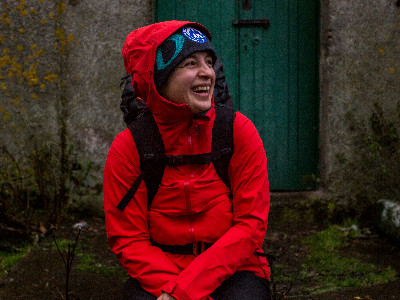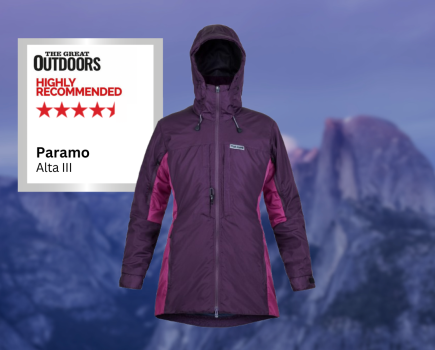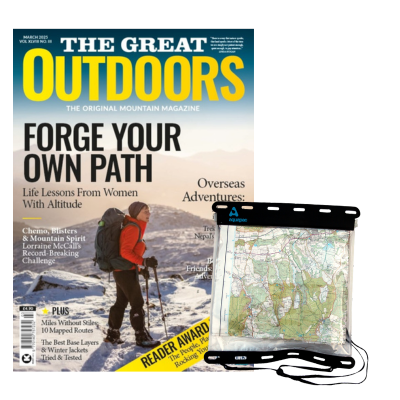At first glance, the Dragontail Tech GTX look the most like a traditional approach shoe, but they feel more like a hybrid between that and a walking shoe. The rubber used on the sole is Michelin Offroad – a good, grippy compound – with a climbing zone across the toes, down to the big toe.
Price: $200 / £160 (Available from alpinetrek.co.uk)
Weight: 858g | Materials: suede leather | Features: Gore-Tex Extended Comfort membrane, Michelin Offroad sole | Sizes: UK 3-9 including half sizes | Men’s version: yes
There are deep lugs along the rest of the sole, and a decent heel shank, almost like a walking boot sole. This is the stiffest of the three models tested in our guide to the best scrambling shoes, which makes it harder to smear the sole on slabs, and it also has the biggest midsole.
Hence, the shoe feels bulky for scrambling, and it’s hard to judge where the sole is going to make contact with the rock. Some of the lugs on the outer edges of the forefoot catch on bits of rock, making it feel less stable.
The suede on the upper is comfortable and supportive, and the Gore-Tex lining gives a good level of waterproofing. The rand also extends almost the whole way around the shoe, providing plenty of coverage against wear and tear from sharp rocks.
The lacing goes right down to the toes, giving a very flexible but secure fit, aided by the heel lock system. These extra features do add up in weight, and it does feel noticeably heavier, but this gives a bit more protection.
As an out-and-out approach shoe, I probably wouldn’t use this a huge amount; but as more of a hybrid that handles walking terrain well interspersed with short easier scrambles, it works well.

Tested by Kirsty Pallas
Kirsty has size 5 feet, with a wide forefoot and low volume. These models were all tested in Scotland whilst waiting for winter to return, in fairly muddy and wet conditions. Ground covered included rocky terrain, bog, and general off path scrub. Shoe weights are per pair, measured on Kirsty’s scales.








